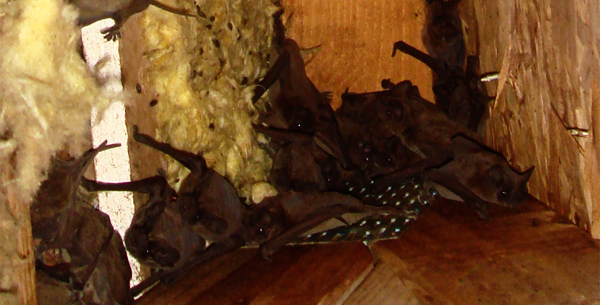- info@wildlifeanimalcontrol.com
Call us for help in your town
Wildlife Control Education
Do bats migrate?
There are various bat species and this results in a wide range of behavior. Some species hibernate, others migrate, and some behave in a combination of the two. However, generally, bats will migrate to where there are food sources available.

Both bat migration and hibernation are based on the supply of food. Since bats need to eat in order to stay alive, food is the driving force behind their migratory habits.
When the expenditure of energy does not justify moving into a new location, the bats that usually migrate may instead spend their time in hibernation. Since a lot of energy is spent to fly these long distances during the migration, at the end of the flight there should be a big payoff to restock all those calories that are lost during the long flight times. As a result, some species of bats will hibernate as well as migrate. It all depends on different factors like the food supply, the condition of the weather, the geographical location, and the migration distances. An interesting factor is that bats will not always choose to travel from the north to the south or in latitudinal directions. Bats may travel in any chosen direction; it all depends on the location of their chosen place to hibernate.
The majority of bats species will migrate to find better hibernating conditions, in contrast to birds that generally migrate so that they can exploit seasonal food resources. Even though most of the bat species will hibernate as opposed to migrate, whenever it becomes necessary, bats will choose migration.
Bats will choose to migrate in harsh weather conditions. They will not live in one place all year round and even in the winter. For example, in the north of the U.S and in Canada, most of the bats species living there will migrate south in the winter. Very few species will actually be able to survive the subfreezing temperature of the north. Bats that live in bat houses will most probably move into an isolated cave or an abandoned mine. The bats that sleep in trees will travel south just like different birds. The most likely bat to stay in during the winter is the Big Brown Bat, and that is because of its hardiness. Moreover, the bats that might spend the winter in bat houses are the ones that inhabit the southernmost area of the northern section.
Go back to the How to get rid of bats home page.
Need bat removal in your hometown? We service over 500 USA locations! Click here to hire us in your town and check prices - updated for year 2020.

















